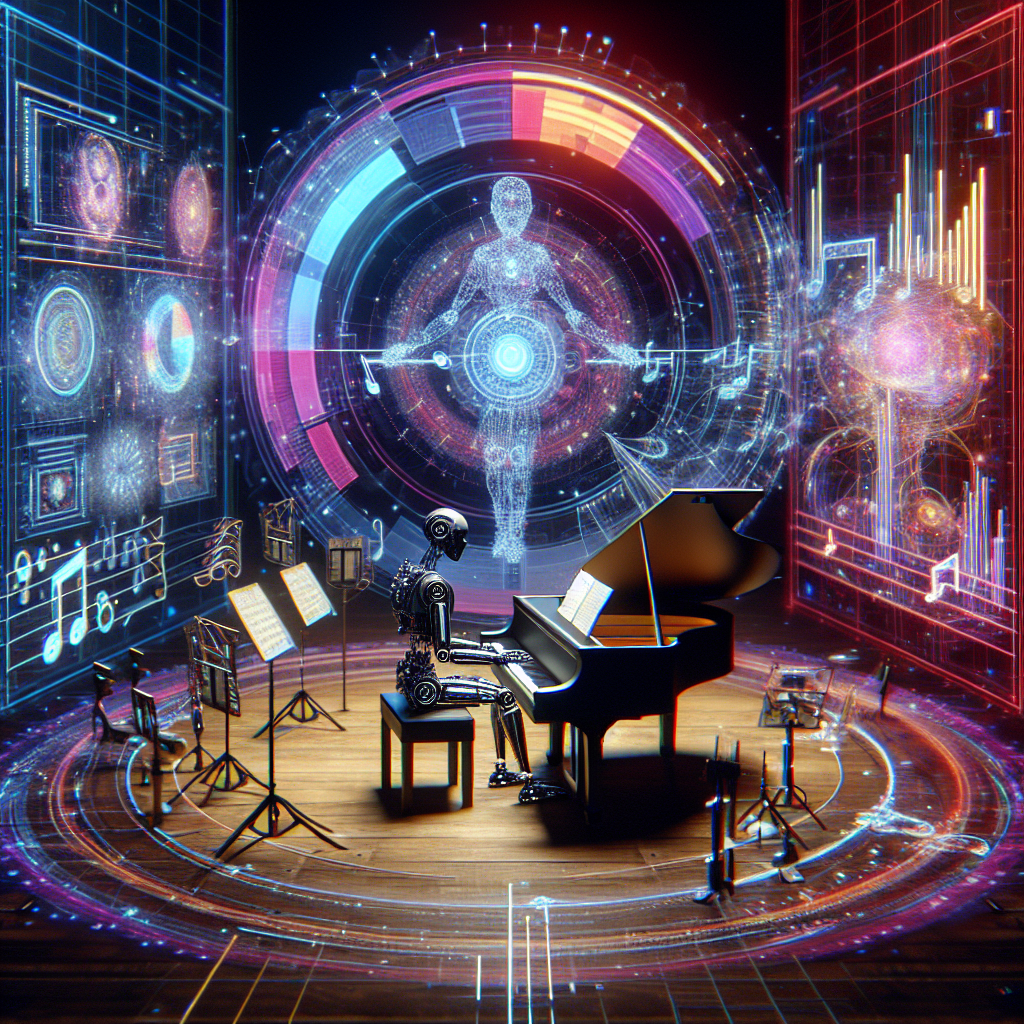
The Rise of Generative AI: What It Means for Creativity
Generative AI has taken the world by storm, reshaping industries from art and music to writing and design. But what does it really mean for creativity? Will AI replace human imagination, or will it serve as a powerful tool to enhance our creative endeavors?
What Exactly Is Generative AI?
Generative AI refers to artificial intelligence systems that can create new content—from images and videos to music and text—without direct human input. Examples include OpenAI’s ChatGPT, DALL·E, and Google’s Bard. These models learn from vast amounts of data and generate original outputs based on patterns and prompts they’ve been trained on.
How Is AI Changing Creativity?
There’s a lot of debate surrounding AI’s role in creativity. Here’s a look at some of the key ways AI is influencing creativity:
- Speed and Efficiency: AI tools can generate ideas, drafts, and even final art pieces in seconds, allowing creators to work faster.
- Inspiration and Collaboration: Artists, writers, and musicians can use AI to spark new ideas or refine their work.
- Accessibility: AI-powered tools make creative expression more accessible to those without traditional technical skills.
- New Creative Possibilities: From AI-generated music to deepfake technology in filmmaking, AI is opening doors to entirely new forms of expression.
Will AI Replace Human Creativity?
Short answer: No. While AI can mimic existing styles and generate impressive works, creativity is more than just generating content—it’s about emotion, intention, and storytelling. Humans bring unique experiences, cultural context, and imagination that AI cannot replicate.
Instead of replacing creativity, AI is more likely to become an assistant, helping creatives streamline their work, experiment with new ideas, and enhance their artistic visions.
How Can Creatives Use AI to Their Advantage?
If you’re a writer, artist, or creator, here are some ways to leverage AI effectively:
- Idea Generation: Use AI to brainstorm concepts, outlines, or prompts when facing creative blocks.
- Content Enhancement: AI can refine text, enhance images, or mix music to create polished final versions.
- Automation: Automate repetitive tasks like background removal in images or transcription for podcasts.
- Exploration: Experiment with AI-generated visuals, text, or sounds to explore unconventional artistic directions.
Are There Any Ethical Concerns?
Yes, and they shouldn’t be ignored. Some major concerns include:
- Authenticity: When AI generates content, who owns it? And how do we distinguish between human and AI-made works?
- Bias and Representation: AI models can inherit biases from training data, leading to inaccurate or harmful outputs.
- Job Displacement: As AI improves, some creative jobs may shift, requiring adaptation and upskilling.
Final Thoughts
Generative AI isn’t here to steal creativity—it’s here to support it. By embracing AI as a tool rather than fearing it as a replacement, creatives can unlock new possibilities and push artistic boundaries further than ever before.
What’s your take on AI and creativity? Have you used AI tools in your creative process? Let’s discuss!



